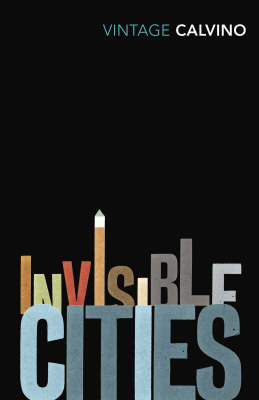Περιγραφή
A Journey Through Imaginary Cities
In Italo Calvino’s spellbinding Invisible Cities, the Venetian explorer Marco Polo describes fantastical cities to Kublai Khan, the Emperor of China. These evocative, magical places serve not only as stories but as meditations on memory, imagination, and the essence of cities. Over time, the reader realizes that each city is, in some way, a reflection of Venice and the intricate layers of human experience.
Key Elements
Marco Polo’s Narratives: Marco Polo recounts descriptions of surreal and dreamlike cities—each representing unique ideas, emotions, and perspectives.
Venice at the Core: As the stories unfold, it becomes apparent that every city reflects a different facet of Venice, Calvino’s hometown, creating a deeply personal tapestry.
Dialogues with Kublai Khan: Polo’s storytelling is interwoven with reflective exchanges between the explorer and the Emperor, adding philosophical depth to the narrative.
A Nonlinear Journey: The book defies conventional structure, encouraging readers to explore its cities as one might wander through a labyrinth.
Themes and Insights
Memory and Identity: The cities Marco Polo describes embody the intersection of personal and collective memory.
The Nature of Cities: Each city is a metaphor for human experiences—love, desire, loss, and the passage of time.
Storytelling as Art: Calvino celebrates the power of storytelling to capture the complexity of existence and its infinite interpretations.
Why This Book is Essential
A Literary Innovation: Calvino’s fusion of surrealism, philosophy, and poetic prose makes Invisible Cities a landmark of modern literature.
Universal Appeal: Though grounded in the fictional, its themes resonate universally, offering insights into urban life, human connection, and imagination.
A Book to Revisit: Each reading reveals new layers of meaning, making it a timeless treasure for literary exploration.










